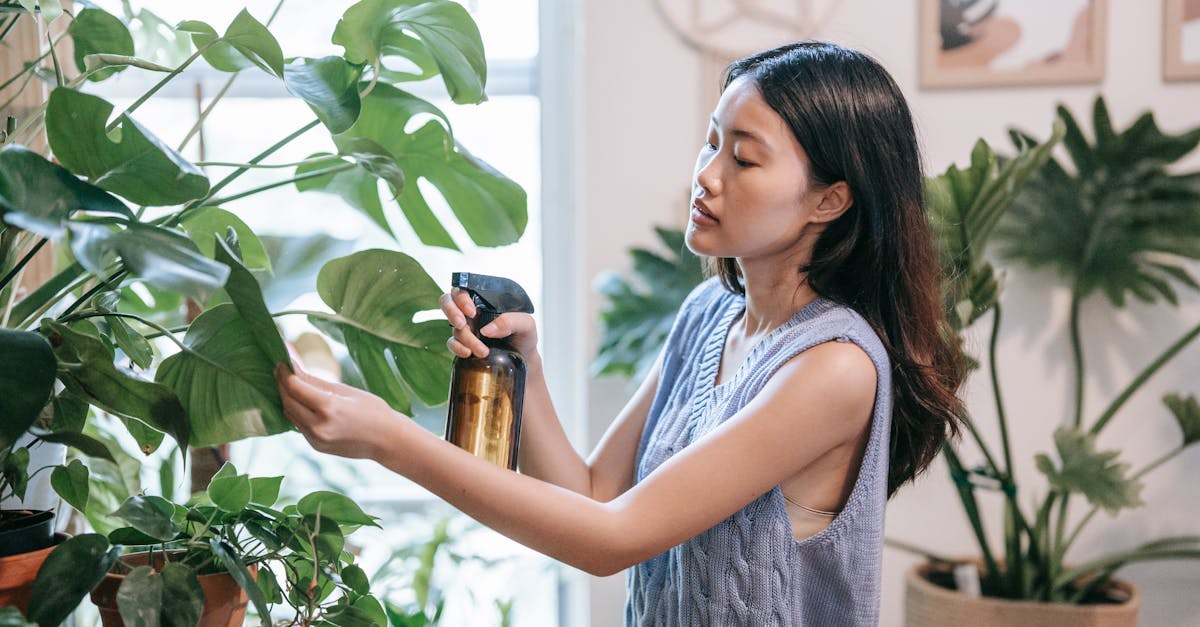
Introduction
In our quest for healthier living environments, indoor plants serve as natural air purifiers, bringing life and freshness into our homes. With an increasing awareness of indoor air quality, more people are turning to these green companions to help filter out pollutants and toxins. Not only do they enhance aesthetic appeal and mood, but indoor plants also effectively remove harmful compounds from the air. As the hustle and bustle of modern life keeps us indoors more frequently, the need for clean indoor air has never been more pressing. Fortunately, certain plants excel at purifying the air we breathe, benefiting both our physical and mental well-being. This article explores the many indoor plants known for their air-purifying qualities, making our homes healthier, happier places.
Understanding Air Pollutants
Before delving into specific plants, it is crucial to understand what common indoor pollutants are. Many of these harmful compounds come from daily household items such as paints, cleaning products, and furniture. Among the most notorious are volatile organic compounds (VOCs) like benzene, formaldehyde, and trichloroethylene. These can have adverse effects ranging from mild irritation to severe health risks. Other pollutants include carbon monoxide and particulate matter released by cooking or smoking. Fortunately, indoor plants can absorb and neutralize these particles, acting as living air filters. By converting carbon dioxide into oxygen, they help keep the air fresh and clean, promoting respiratory health.
The Spider Plant
The spider plant, or Chlorophytum comosum, is famed for its resilience and air-purifying prowess. Characterized by long, arching leaves, this plant thrives in various conditions and is easy to care for. One of its most impressive abilities is removing formaldehyde and xylene—common indoor pollutants often found in households. Known for its ability to multiply rapidly, the spider plant can also produce tiny offshoots or "pups," which can be propagated into new plants. As a low-maintenance houseplant, it can be placed in various locations, from hanging baskets to office desks. Its ability to thrive under indirect sunlight makes it perfect for indoor settings. As it doesn’t require too much attention, this plant is ideal for beginners seeking both beauty and air-purifying benefits.
Snake Plant Benefits
The snake plant, Sansevieria trifasciata, also known as "Mother-in-Law's Tongue," is a robust favorite among plant enthusiasts. Popular for its striking vertical leaves and ease of care, this plant is extremely effective at filtering out harmful air pollutants. Remarkably, it’s one of the few plants that convert CO2 to oxygen at night, making it a perfect addition to bedrooms. Known to remove pollutants like benzene, formaldehyde, trichloroethylene, and toluene, it improves air quality effortlessly. Preferring indirect sunlight, it thrives even with neglect, requiring only infrequent watering. With its hardiness and aesthetic versatility, the snake plant is both a functional and stylish choice for purifying indoor air.
Peace Lily Potential
The peace lily, Spathiphyllum, stands out with its glossy leaves and striking white blooms, enhancing both air quality and indoor aesthetics. Known for its prowess in removing VOCs like ammonia, benzene, and formaldehyde, it thrives in shaded positions with low light, making it ideal for darker areas of the home. Although beautiful, care must be taken as the peace lily is toxic to pets and humans if consumed. Its air-purifying ability and elegant appearance make it a prized plant for any indoor space. With regular watering and occasional wiping of its leaves, the peace lily can efficiently contribute to cleaner indoor air.
Popular Pothos
Epipremnum aureum, commonly known as pothos or devil's ivy, is renowned for its cascading vine-like growth and robust nature. Highly effective at removing toxins like formaldehyde, benzene, and xylene, pothos are particularly favored for their adaptability. Their easy propagation makes them accessible to grow from cuttings, expanding your green environment effortlessly. Pothos thrive in a variety of lighting conditions, from low light to bright, indirect sunlight. While they prefer well-drained soil, they require only infrequent watering, making them low-maintenance. A pot of pothos can elevate the ambiance while ensuring cleaner air with minimal effort.
Majestic Monstera
Adored for its large, fenestrated leaves, the monstera plant, Monstera deliciosa, is a tropical favorite among plant collectors. Not only does it add lush foliage to any space, but it also purifies the air by absorbing pollutants such as formaldehyde. Native to rainforests, monstera plants do well in humid environments with indirect sunlight. Though sensitive to overwatering, they require consistent soil moisture for optimal growth. Besides its beauty and purifying abilities, the monstera's leaves are considered highly decorative, making it an ideal centerpiece for interiors looking for a touch of jungle allure. By adding a monstera, you're investing in both aesthetic beauty and air quality.
Aloe Vera's Air Benefits
Primarily known for its medicinal properties, aloe vera is also a quiet champion in the realm of air purification. This succulent helps absorb carbon dioxide, benzene, and formaldehyde while releasing oxygen, making indoor spaces healthier. Aloe thrives in sunny spots and favors minimal watering, preferring environments similar to its native arid landscapes. Its gel can also be harvested to treat burns and skin irritations, offering dual benefits both topically and atmospherically. Compact and versatile, aloe vera is perfect for windowsills or kitchen counters, basking in natural light while cleansing the air.
The Dynamic Rubber Plant
Rubber plants, or Ficus elastica, are appreciated for their lush foliage and prominent air-purifying qualities. These plants effectively filter formaldehyde, a common household pollutant. With their striking broad leaves, rubber plants can transform any room into a lush urban jungle, improving aesthetics while also cleaning the air. Thriving best in bright, indirect sunlight, they require careful watering, ensuring the soil is moderately moist. Rubber plants are not only a choice for improving air quality but also a statement piece for interior design. With proper care, they grow into impressive showstoppers, making any space healthier and more appealing.
Conclusion
Indoor plants offer more than just aesthetic appeal; they contribute significantly to the well-being of occupants by purifying the air. Plants like the spider, snake, and rubber plants are not only easy to maintain but powerful in filtering common pollutants, promoting healthier living environments. Investing in such greenery not only beautifies your home but also enhances air quality, supporting overall health. By choosing plants adapted to your indoor environment, you can enjoy both horticultural beauty and cleaner air. The journey towards a healthier lifestyle can begin right inside your home, one plant at a time.